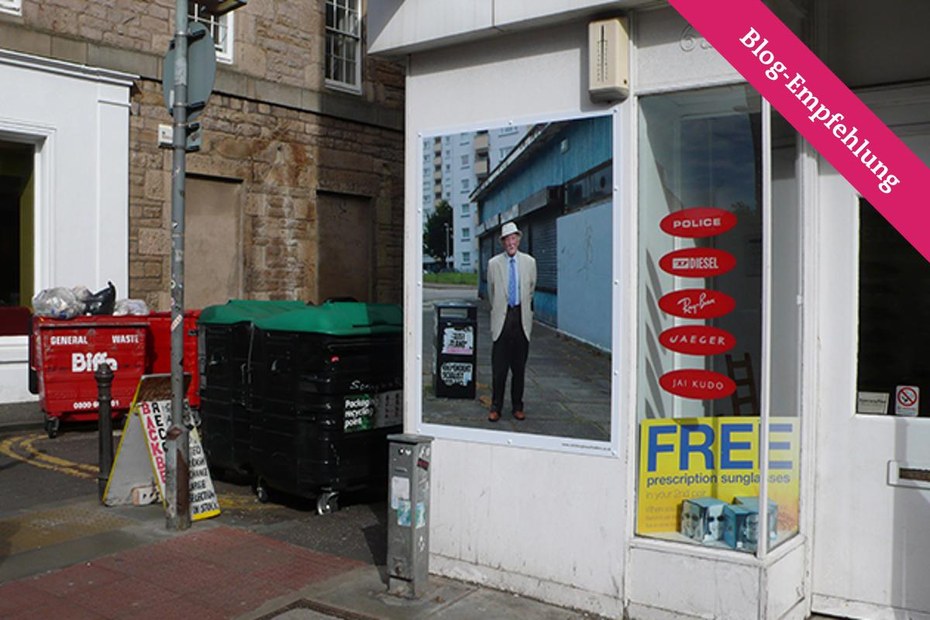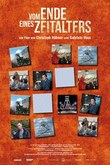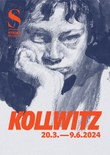Getting an idea
I knew Pete’s photographic work and thought that he would deliver very good portraits. And what appealed to me as well was the fact that Pete and his collaborators had planned to show the work in public space, a website and a publication distributed for free in the community.
I was very happy when I could convince Pete and Shona Thomson (who wonderfully managed the project) to hire me as designer for the project.
Getting closer
I was first working from Berlin, where I am based, we managed to come up with the overall decision about how we wanted the project to „look and feel“. It should be simple and modern, the design decent and in the background. It should feel accessible, yet with a precision which would present the images and the stories as important as they are.
Meanwhile the portraits were being taken, both as photographic images and interviews. Whereas I never got to see more than one image (it was the one of Caroline) before I finally came to Edinburgh, the sound files started to be edited and gradually uploaded to our working space.
Getting there
It took another couple of weeks before I finally got to Edinburgh, to the Southside and Pete’s studio at Summerhall, where I finally got to see the images! To see them finally was a fascinating experience. I was a bit afraid, that they might let me down, after I had already generated my own characters fitting the voices and their stories. Fortunately this wasn’t the case at all. The portraits gave another insightful reflection of the people’s identity which worked so very well with the sound.
After visiting the site for a few times, seeing the locations of the images and some of the protagonists “live” in the streets, I became even more convinced that this collection of 32 Southsiders portraits was more then a glimpse into the social fabric of the Southside community. It succeeds to present an insight into a local community and at the same time to tell a story about the relation of individuality and society on a very general level. This relationship is reflected in the way the portraits interact with another and also in the individual interviews. The interviewees were asked how they related to the project „Portrait of a Community“ and in their answers it becomes very clear that they consider the act of their photograph being taken as their contribution to a dialogue, as an attempt to present themselves as individuals but also as a part of a group.
Getting off
In my opinion this project succeeded in creating a portrait out of many portraits, to speak about individuals and social interactions at the same time, and all of this in a modest way, where it is left to the beholder to experience, think, smile, or even cry about the beauty and weirdness of life.
Needless to say, that it was great to be part of it and I am happy to make my part in putting all the material together in the publication and this website.
It is hard to believe the exhibition is already over and with it the distribution of the publication.I would have loved to see the images still there on my next visit. What remains is the website where you can hear the voices of the Southsiders. And hopefully there will be an opportunity to see all 32 portraits displayed together, maybe even outside their natural habitat.
Janine Sack is a Berlin based designer and artist. Between 2008 and 2012 she was „der Freitag“ art director.






Was ist Ihre Meinung?
Kommentare einblendenDiskutieren Sie mit.